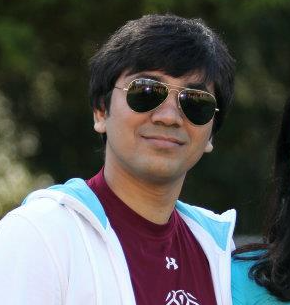
Adversarial Unsupervised Representation Learning for Activity Time-Series
Karan Aggarwal, Shafiq Joty, Luis Fernandez-Luque, and Jaideep Srivastava
Sufficient physical activity and restful sleep play a major role in the prevention and cure of many chronic conditions. Being able to proactively screen and monitor such chronic conditions would be a big step forward for overall health. The rapid increase in the popularity of wearable devices provides a significant new source, making it possible to track the user’s lifestyle real-time. In this paper, we propose a novel unsupervised representation learning technique called activ- ity2vec that learns and “summarizes” the discrete-valued ac- tivity time-series. It learns the representations with three com- ponents: (i) the co-occurrence and magnitude of the activity levels in a time-segment, (ii) neighboring context of the time- segment, and (iii) promoting subject-invariance with adver- sarial training. We evaluate our method on four disorder pre- diction tasks using linear classifiers. Empirical evaluation and analysis demonstrate that our proposed method performs bet- ter than many strong baselines, and adversarial learning helps improve the generalizability of our representations by pro- moting subject invariant features. We also show that using the representations at the level of a day works the best since human activity is structured in terms of daily routines.

Adversarial Unsupervised Representation Learning for Activity Time-Series
Karan Aggarwal, Shafiq Joty, Luis Fernandez-Luque, and Jaideep Srivastava. In Thirty-Third AAAI Conference on Artificial Intelligence (AAAI'19) , pages 834 - 841, 2019.
PDF Abstract BibTex Slides
Karan Aggarwal, Shafiq Joty, Luis Fernandez-Luque, and Jaideep Srivastava. In Thirty-Third AAAI Conference on Artificial Intelligence (AAAI'19) , pages 834 - 841, 2019.
PDF Abstract BibTex Slides